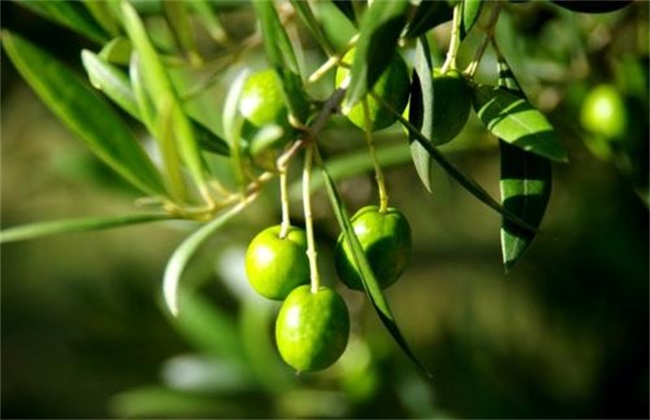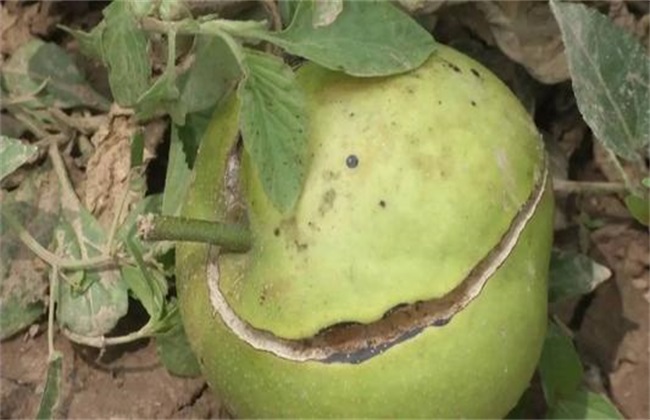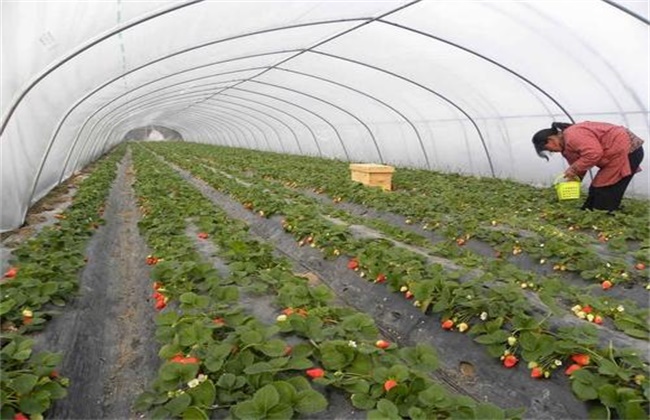Olive planting conditions
Olive is a subtropical fruit, although there are rumors that there are varieties suitable for inland cultivation, but this credibility has yet to be tested. So what conditions should be considered when growing olives? Let's take a look at it so as not to be easily deceived.

1. Temperature demand
Olives have a strict demand for temperature, and low temperature will seriously affect the growth of olives. Although the annual average temperature of about 20 ℃ can ensure the normal growth of olive trees, but the continuous cold weather is too long will still affect its yield, because olives are tropical fruits after all. Second, the lowest temperature in winter had better not be lower than zero, although olive trees can withstand sub-zero temperatures, but also can only bear for a short time, and will do great harm to them. Coupled with the uncontrollable temperature, try not to choose to plant in places where there is often a sub-zero temperature.
2. Soil conditions
Many people think that olive trees do not have a high demand for soil conditions when they look at the growth of olive trees, but they actually think so. Olives grow larger, so the soil must be a little more fertile, otherwise it can not meet its nutrient needs, the second is that the soil layer should be deeper, because the root system of olive trees is relatively developed, if the fertile soil layer is relatively thin, olive trees will basically be underdeveloped. Secondly, the soil had better be inclined to alkaline soil, just a little bit, which can make it grow better. Secondly, it is best to have a certain nature of sandy soil suddenly, and strong permeability is conducive to the rapid development of its root system.
3. Address requirements
When choosing the planting site, you can't choose it at will. Although the olive tree is very tall, it is generally recommended to plant it in a more stable place, which is more convenient to manage. When choosing sloping land for planting, we should pay attention to the trend and slope of the hillside, both of which will greatly affect the yield of olives, because olives have a high demand for sunlight. Olive roots are more prone to water rot, so generally do not choose places that are prone to stagnant water or rich water sources, as long as water sources are fine.
4. Water source conditions
When growing olives, there is no need to deliberately pursue water, but to strictly control the water. Too much water is easy to cause land consolidation, and olive trees are extremely afraid of this situation. Do not water thoroughly every time, do not need the market watering, because the olive roots are more deep into the soil, will be close to the moist soil. If there are rivers or large water sources around you, be sure to grasp them.
These are the conditions for growing olives. You'd better see if these requirements are met before deciding on planting. For more information, you can pay attention to our follow-up updates!
Related
- Moge, come on! The staff of the peasant association in the producing area of cantaloupe were frightened when the crowd gathered.
- Causes and Solutions of low Fruit setting rate of Apple
- Symptoms and control measures of passion fruit virus disease
- Fruit growing lesson: how do apple orchards keep high yields?
- Can you build orchards in the mountains? What are the pros and cons?
- How to manage the coloring period of Crisson grape?
- This paper introduces the processing technology of two kinds of fig products.
- How much is a month for retired teachers in rural areas by 2020?
- How can strawberry planting increase sugar content? We should pay attention to management in many aspects.
- What are the cultivation techniques on how to improve the yield of golden fruit?



